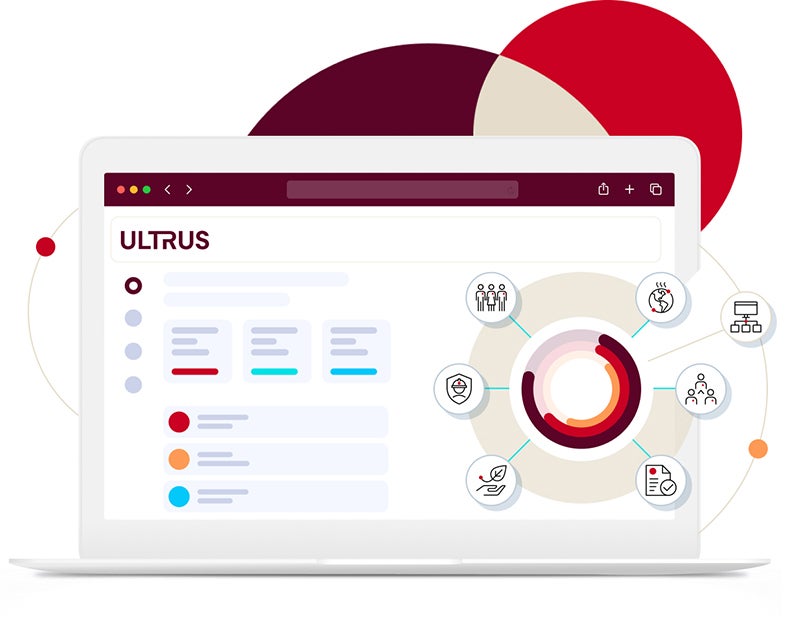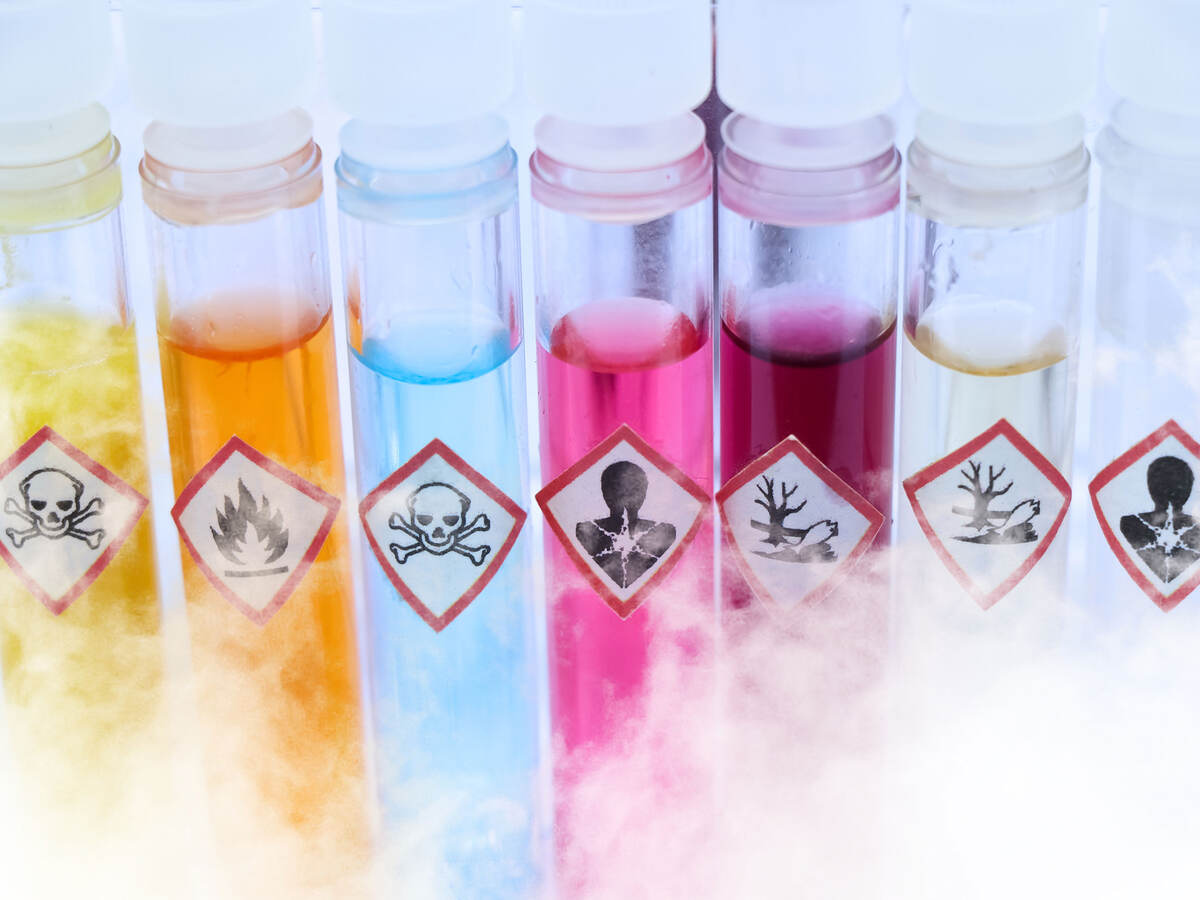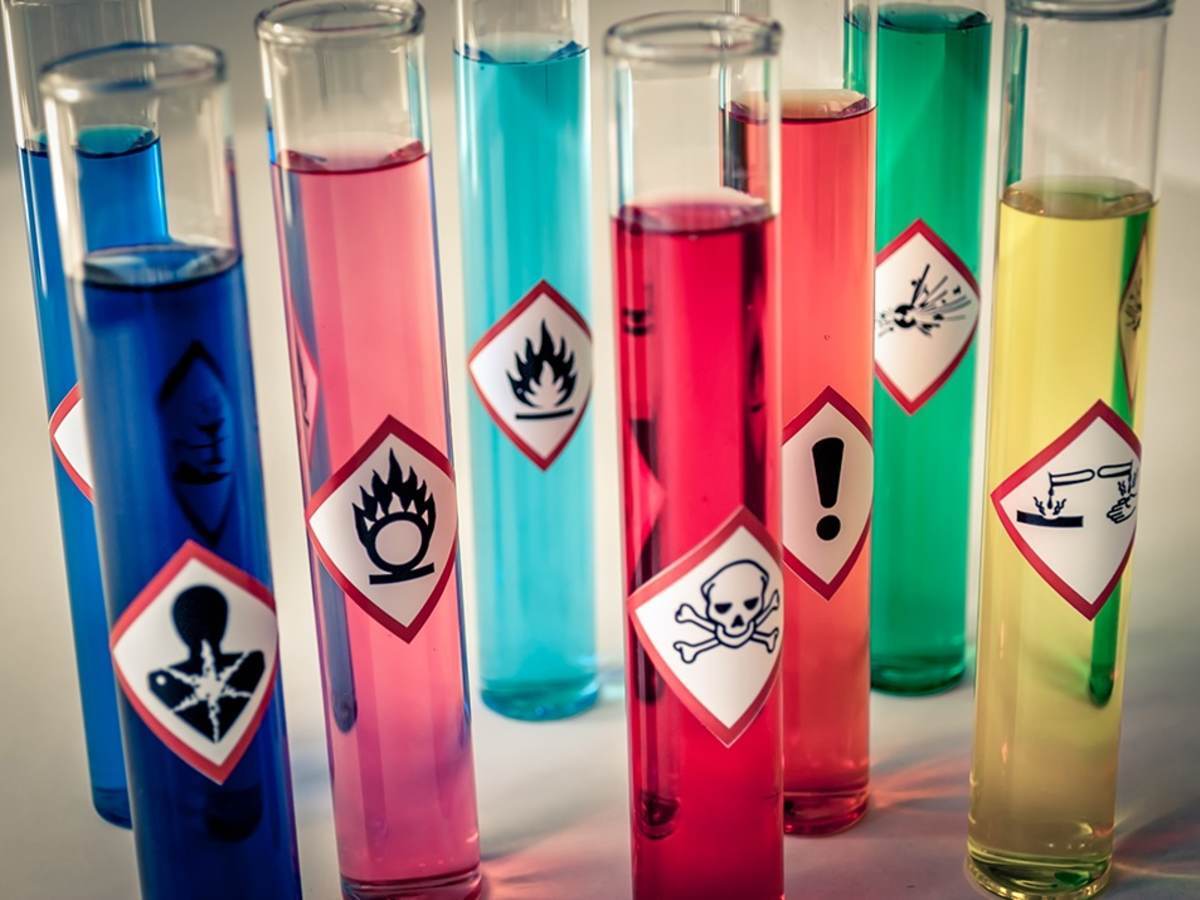April 10, 2025
By Krystal Spickler, program manager, Supply Chain team, UL Solutions
In the March 12, 2025 publication of the Canada Gazette Part II, Canada published the final version of the Certain Products Containing Toxic Substances Regulations. The regulations entered into force on February 26, 2025 when they were registered.
The Regulations follow the initial consultation of the proposed regulation in November 2023. Their objective is to allow regulation of current and future risk management of toxic substances listed under Schedule 1 of the Canadian Environmental Protection Act, 1999 (CEPA).
Prohibitions impacting sealant products containing polycyclic aromatic hydrocarbons or coal tars and their distillates
Under the new Regulation, new provisions are enacted for certain sealant products containing polycyclic aromatic hydrocarbons (PAHs) or coal tars and their distillates.
The following activities are prohibited for covered sealant products (specifically those intended for pavement, roofing, or industrial use on metal/structural steel/concrete/pipelines/buried services) containing coal tars and their distillates:
- Manufacture or import after October 1, 2025 – unless permitted, for export only, or in transit through Canada from outside Canada to another place outside Canada
- Sale after December 31, 2025 – unless manufactured/imported under a permit, or for export only.
- Note: there is a temporary sale exception listed for products falling under the industrial use sealants until July 1, 2028.
The following activities are prohibited for covered sealant products (specifically those intended for pavement or roofing) if they contain PAHs in excess of 1,000 parts per million:
- Manufacture or import after October 1, 2025 – unless permitted, for export only, or in transit through Canada from outside Canada to another place outside Canada.
- Sale after December 31, 2025 – unless manufactured/imported under a permit, or for export only.
Prohibitions impacting certain products containing 2-butoxyethanol
The new Regulation also repeals and replaces the former 2-Butoxyethanol Regulations with mostly non-substantive changes. The effective provisions prohibit 2-butoxyethanol above various concentrations in a range of products intended for indoor use (with some exceptions). It also notes that determination of the concentration of 2-butoxyethanol in a product is determined in accordance with Reference method for the analysis of 2-butoxyethanol (2-BE) and other glycol ethers (GEs) in selected products (automotive and household cleaners, paints, paint strippers and solvents) published by the Department of the Environment.
Table 1 – Concentration Limits
|
Item |
Product Category |
Concentration Limit (w/w%) |
|
1 |
Automobile cleaner other than automobile degreaser or internal engine cleaner |
10.0 |
|
2 |
Rug or carpet cleaner |
10.0 |
|
3 |
Floor or baseboard stripper |
2.0 |
|
4 |
Paint stripper or thinner |
0.5 |
|
5 |
Laundry stain remover |
22.0 |
|
6 |
Any aerosol cleaner1 that is not a pump-spray |
5.0 |
|
7 |
Any other non-aerosol cleaner1 |
6.0 |
|
8 |
Aerosol paint or coating other than a pump-spray |
0.1 |
|
9 |
Non-aerosol paint or coating |
0.5 |
1 Cleaner means a product used to degrease and clean glass, floors and other surfaces, including bathroom and kitchen surfaces. It does not include automobile degreasers.
The above products must not be manufactured or imported if the concentration of 2-butoxyethanol exceeds the limit, unless:
- The product is to be diluted before use, per the manufacturer’s written instruction, to a concentration equal to or less than the limit for the product category. The product must be labelled with or accompanied by those instructions in both official languages.
- The manufacturer or importer has been issued a permit.
- The product is manufactured for export only.
- The product is in transit through Canada, from a place outside Canada to another place outside Canada.
The above products must not be sold if the concentration of 2-butoxyethanol exceeds the limit, unless:
- The product is to be diluted before use, per the manufacturer’s written instruction, to a concentration equal to or less than the limit for the product category. The product must be labelled with or accompanied by those instructions in both official languages.
- The product was manufactured/imported under a permit.
As highlighted above, the outlined prohibitions do not apply to product which is manufactured or imported under a permit. The Regulations provide requirements for permit application and renewal, conditions under which permits may be issued, and instances which may lead to a permit being refused or revoked.
The Regulations also detail expectations for recordkeeping, inclusive of information requirements, formatting, and records retention.
Regulatory Roundup Newsletter
Never miss an update
UL Solutions, the global safety science leader, can keep you updated on the latest events with a variety of materials, ranging from the latest regulatory news, webinars, white papers, events, industry insights and more.
Subscribe to our monthly Regulatory Roundup Newsletter and stay up to date on current and upcoming regulations and all the latest chemical industry news.
Safety Data Sheet (SDS) Authoring and Labeling Software and Services
Create, maintain and distribute comprehensive SDSs and labels to meet your increasingly complex global compliance requirements.
Chemical Regulatory Compliance
Manage your chemical compliance needs with the help of global regulatory expertise and leading resources.
Chemical Compliance Training
We provide a series of chemical regulatory training programs designed to help understand the diverse set of requirements and how to confront them.
Get connected with our sales team
Thanks for your interest in our products and services. Let's collect some information so we can connect you with the right person.





